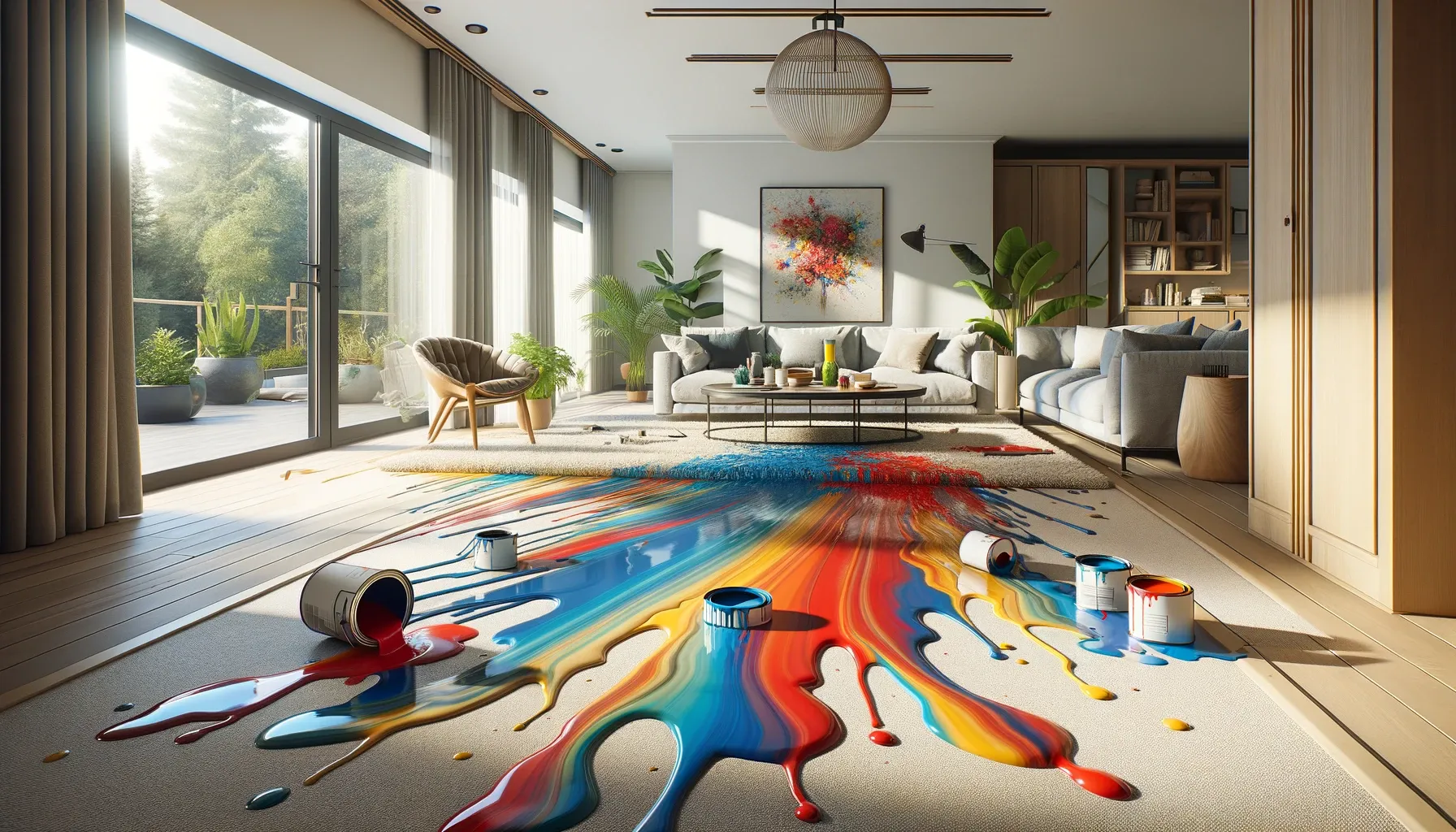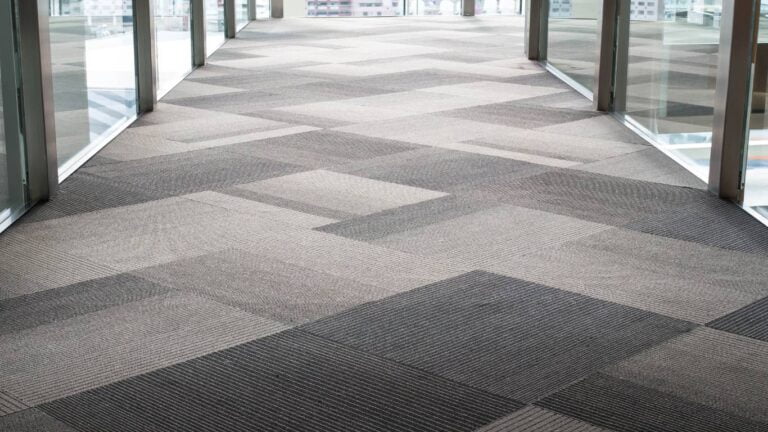Discovering how to get paint out of carpet can seem daunting, but with the right techniques and a bit of patience, it’s an achievable task. Whether you’re dealing with a fresh spill or the aftermath of a dried paint mishap, understanding the type of paint and the appropriate removal process is essential. Immediate action is often the key to success, and both water-based and oil-based paints have their unique challenges. From homemade solutions and commercial cleaners for water-based paints to careful solvent application for oil-based varieties, this article will guide you through the steps to tackle paint spills on your carpet. With preventative tips and regular maintenance advice, you’ll also learn how to protect your carpet and handle future spills effectively.
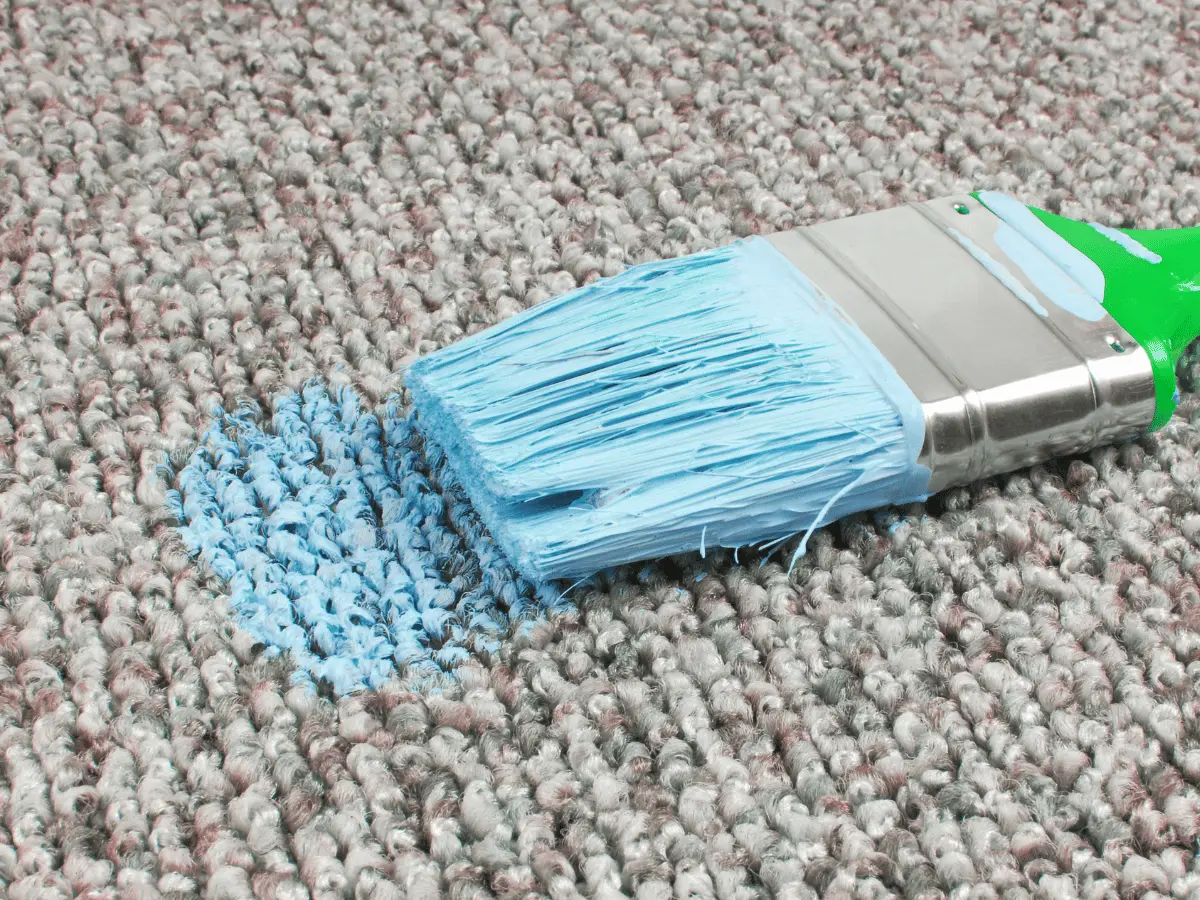
Immediate Actions Post-Spill
Assessing the Type of Paint Spilled
When you’re faced with a paint spill, the first step is to figure out what kind of paint you’re dealing with. Water-based paints are usually easier to handle since they can often be cleaned up with something as simple as warm soapy water. However, oil-based paints are a bit more stubborn and need stronger methods to get rid of them. Knowing the type of paint is key because it guides your cleaning strategy and how likely you are to get rid of the spill without ruining the surface.
Blotting vs. Rubbing: The Correct Method
Once you’ve identified the paint type, it’s important to tackle the spill the right way. Blotting is the way to go, as it helps to lift the paint off the surface without smearing it around. Rubbing, on the other hand, can push the paint deeper into the material, making it tougher to remove.
You’ll want to use a clean cloth for blotting and keep at it as needed. Start from the outer edges of the spill and work your way towards the centre to keep it contained.
Containing the Spill Area
If you’ve got a paint spill on your hands, acting fast is key to stop the paint from setting. If the paint is giving off strong fumes, then start by airing out the area. Then, scoop up as much of the excess paint as you can without spreading it around.
This first step helps to keep the spill from growing and makes cleaning up afterward a bit easier.
Pre-Treatment Considerations
Before you go all in with a cleaning solution, it’s smart to do a spot test somewhere out of sight to make sure your cleaning method won’t damage the surface. Always wear gloves when you’re dealing with chemicals to keep your skin safe. For fresh paint spills, a mix of warm water and mild soap can do the trick, especially on carpets where you should avoid harsh scrubbing.
If the paint starts to dry, softening it with a hairdryer on a low setting or using a handheld steamer can get it ready for removal. Tough paint might need rubbing alcohol or a specialised paint remover like Odourless Mineral Spirits. In really tough cases, you might need to use paint thinner or products like Goo Gone, but be careful with these as they might mean you have to refinish the area later.
For paint that’s dried up, scraping off as much as you can before vacuuming up the loose bits is a solid first step. Then, you can apply a chemical paint stripper or thinner as the instructions say, followed by a good wash to get rid of any leftover chemicals.
Remember, some surfaces, like carpets, can be tricky. In these situations, you might need stronger cleaners or even professional help to get the stain out without causing damage. When you’re dealing with paint spills on concrete, scraping and vacuuming can help get rid of dried paint flakes.
Lastly, it’s always better to prevent a mess than to clean one up. Taking the time to cover and protect surfaces before you start painting can save you a lot of trouble. But if a spill does happen, keeping a cool head and being methodical in your approach will help you manage and clean up the spill effectively. If the stain’s too tough or if you’re worried about damaging the surface, there are professional cleaning services that can ensure the best result. You can read our stain removal solutions here.
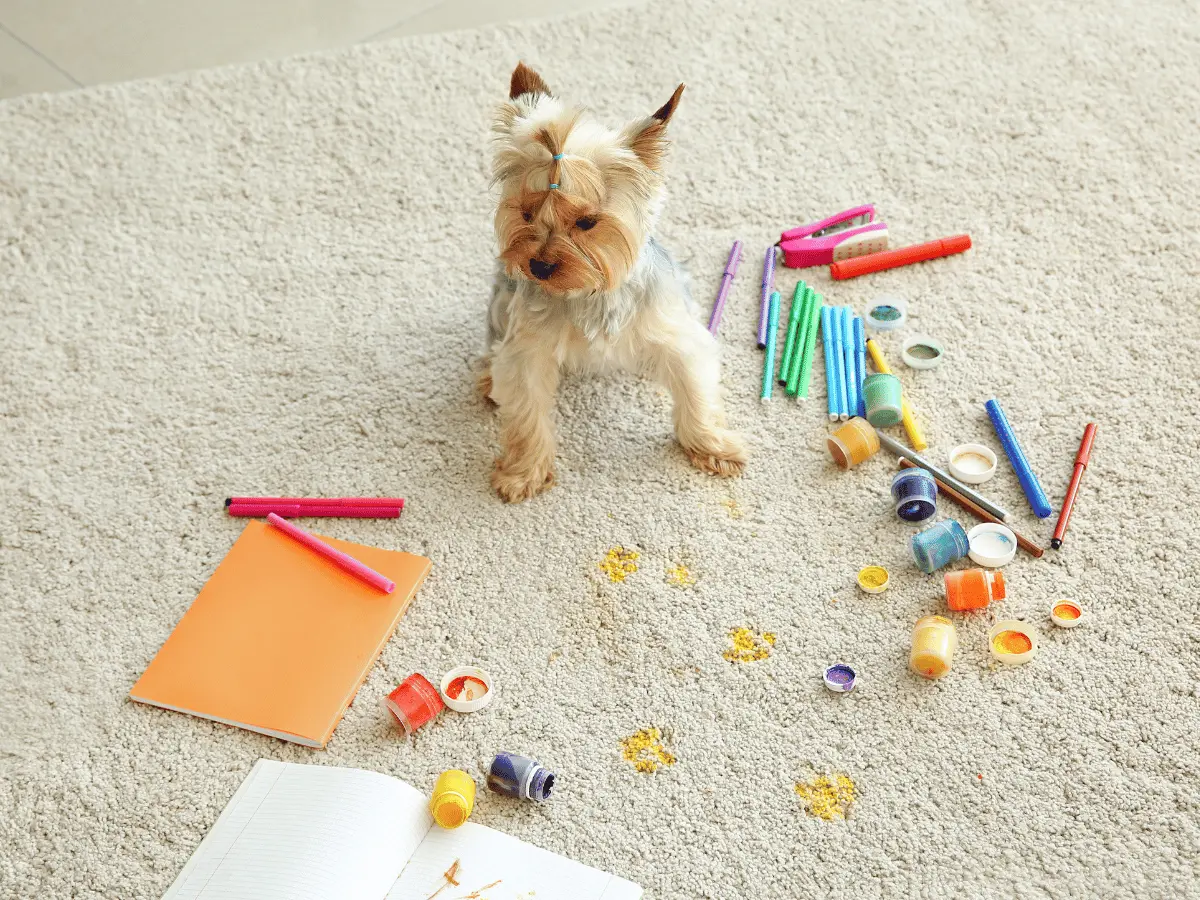
Water-Based Paint Removal Techniques
Using Homemade Solutions
If the spill is still wet, it’s much easier to manage. Begin by absorbing the excess with a thick paper towel or a clean cloth, taking care not to scrub. For dried paint, more effort is required.
Loosen and lift the dried portions with a knife or needle-nose pliers, then vacuum up the fragments. To address the stain, moisten the affected area with hot water to soften the residue.
After moistening, apply a small amount of mild dish soap onto the spot. Use a stiff-bristled brush to work up a lather, gently scrubbing until the paint begins to dissolve. This technique is effective for water-based paint, as it does not form a strong bond with carpet fibres when wet.
Commercial Cleaner Options
For more persistent stains, commercial cleaners designed for water-based paint may be necessary. These products are formulated to break down the paint without damaging the carpet. It’s important to adhere to the manufacturer’s guidelines and consider testing the cleaner on an inconspicuous area to prevent discoloration.
Step-by-Step Removal Process
The removal process includes several steps. After absorbing and vacuuming, apply your cleaning solution and gently work it into the carpet.
If the stain persists, a carpet cleaner machine can provide additional cleaning power. Persistence is key, as some stains may require multiple treatments.
Rinse and Repeat Protocol
After the paint starts to lift, rinse the area with clean water to remove any soap or cleaner residue. This may need to be repeated to ensure all the paint is removed. After rinsing, use a clean towel to dry the area.
If remnants of the stain remain, repeat the cleaning process until the carpet is clear of paint. Once the area is clean, shampooing the carpet is advisable. Vacuum once dry to restore the carpet’s normal texture and appearance.
With patience and the correct approach, even water-based paint spills can be effectively cleaned from carpets.
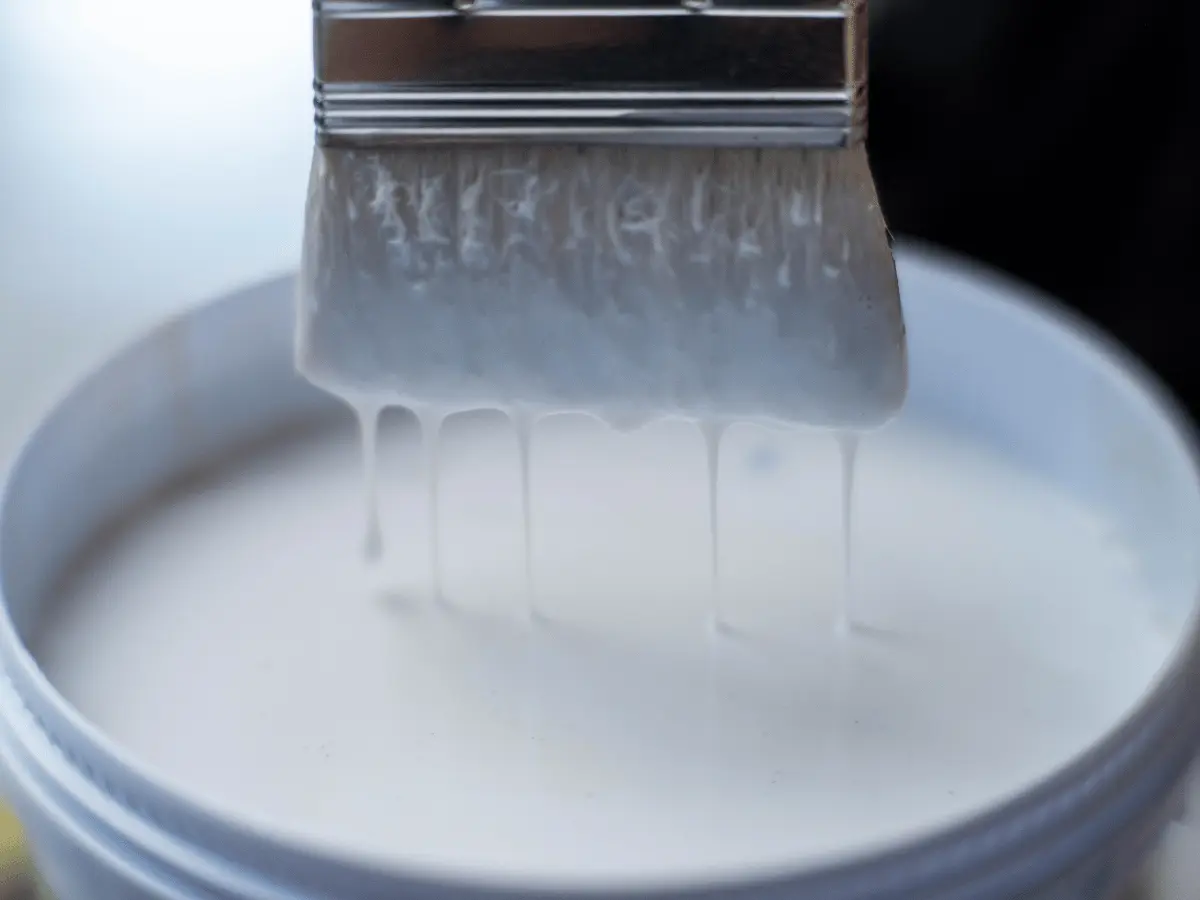
Oil-Based Paint Cleaning Methods
Identifying Oil-Based Paint
Oil-based paints are chosen for their resilience and ability to provide a smooth coat in high-traffic areas. However, their robust nature also means they are more challenging to remove, necessitating specific solvents due to their unique composition.
Safe Solvent Selection
Selecting an appropriate solvent is crucial when addressing an oil-based paint spill. While traditional options like turpentine are effective, they can also be harmful. Alternatives such as Turpenoid provide a less pungent solution. Environmentally friendly choices include Gamsol or citrus-based solvents, which are milder and typically non-toxic, making them preferable for indoor use. It’s essential to ensure that the chosen solvent is compatible with your carpet to avoid additional damage.
Application of Solvents
Gently apply the solvent to the affected area using a cloth, working from the periphery inward to prevent the stain from spreading. Avoid vigorous actions that could drive the paint further into the fibres. As the solvent lifts the paint, rotate to a clean section of the cloth to avoid re-depositing the paint. Gel solvents can be particularly useful for stubborn stains as they stay on the surface and minimise potential harm to the carpet backing.
After addressing the stain, rinse the area with a mixture of water and detergent to eliminate any residual solvent.
Post-Clean up Care
Ensuring the area is thoroughly dried after cleaning is crucial. Blot any remaining solvent with a dry cloth, then use a moist cloth to pick up any residual particles. Accelerate drying with a fan, but avoid using direct heat sources. If discoloration persists, a repeat of the cleaning process may be necessary. Testing the solvent on a concealed section of the carpet is advisable to prevent unwanted effects. Adequate ventilation is essential when working with solvents to avoid inhaling potentially harmful vapours and to reduce the risk of ignition near open flames or heated surfaces.
Special Techniques for Dried Paint
Gentle Scrubbing and Loosening Techniques
For water-based paint spills, a practical approach involves using a putty knife or a similar tool to gently scrape off the excess paint, taking care not to harm the underlying surface. Once the majority of the paint is removed, a solution of warm water and liquid dishwashing detergent can be applied.
Employ a soft brush or cloth to work this solution into the paint residue, then rinse with warm water. Persistence with this method can effectively remove the paint from the surface.
Heat Application Approaches
Applying heat can be beneficial when dealing with dried paint. On metal surfaces, a heat gun can be used to soften the paint, allowing it to blister and become easier to remove. For carpeting, a solution of hot water and a bit of dish soap can loosen the paint.
As the paint begins to soften, it can be gently scraped away with a knife or scraper. A carpet cleaner may assist in removing any remaining paint.
Deep Cleaning Solutions
When confronting oil-based paint, begin by removing as much paint as possible with a scraping tool. Following this, a solvent such as paint thinner can be used to dissolve the remaining paint. It is crucial to thoroughly wash the area afterward and repeat the process if necessary.
On sensitive surfaces like plastic, denatured alcohol or acetone may be effective, but it is important to test a small, inconspicuous area first. For concrete, a chemical stripper can be effective after any loose paint has been removed. For leather, which requires a delicate touch, a damp cloth or oils like baby or olive oil may be used, and acetone can be considered as a last resort.
When to Call a Professional
In certain situations, such as extensive spills or when dealing with valuable or delicate items, it may be wise to seek professional assistance. Experts have access to advanced equipment and specific cleaning agents that can safely remove paint without damaging the material.
Their expertise allows them to handle various paint types and surfaces effectively. It’s important to note that while isopropyl alcohol can be suitable for carpet fibres, it should be used cautiously and in a well-ventilated space.
View our professional stain removal services here

Preventative and Follow-Up Measures
Applying Stain Repellents
To safeguard your carpets against future incidents, applying a stain repellent is a proactive measure. These products can shield the fibres, enhancing their resistance to future spills. Select a repellent appropriate for your carpet and adhere to the application guidelines provided by the manufacturer.
Regular Carpet Maintenance Tips
Consistent care is crucial for maintaining the quality and aesthetics of your carpet. Frequent vacuuming can eliminate dirt and avert its entrenchment within the fibres. For an in-depth clean, consider enlisting professional services or using carpet cleaning machines.
Pet owners may find products like Bissell Professional Pet Stain and Odour particularly beneficial. These solutions, with their enzymatic formulas, address both stains and odours, deterring pets from reoffending. Allow ample time for these products to take effect for optimal outcomes.
Spot Testing Importance
Conducting a spot test on a hidden section of your carpet is advisable before employing any new cleaning agent. This precautionary step ensures the product will not harm the carpet. After confirming its safety, use the cleaner judiciously, allowing it to penetrate and act on the stain.
Future Spill Management Strategies
Prompt action is crucial when addressing spills. Immediate spot cleaning can mitigate the risk of a lasting mark. This involves dabbing the spill with a clean, white cloth, working from the edges toward the centre. Selecting an appropriate cleaning agent is vital. Persisting with these actions can successfully eliminate the stain.
Incorporating spot cleaning into your routine maintenance can help sustain a clean and welcoming home, while also extending the life of your carpets.
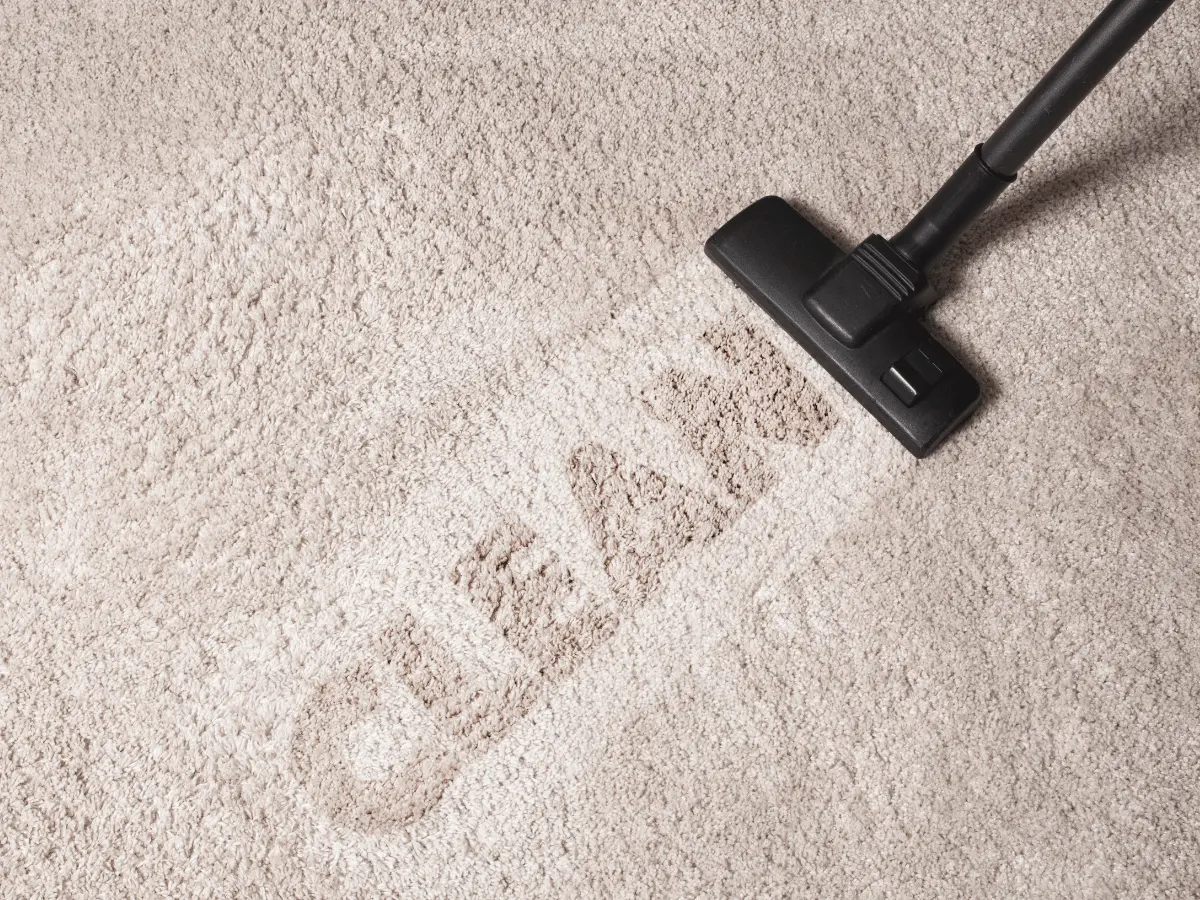
Expert Advice for Lasting Results
Handling paint spills requires a delicate balance between swift action and careful technique. Whether you’re dealing with a water or oil-based mishap, the right approach and persistence can make a significant difference in the outcome. From homemade solutions to commercial products, there are effective strategies for every scenario.
But remember, not all spills are equal, and sometimes, the expertise of a professional can not only save your carpet but also your peace of mind. In such instances where the risk of damage is too high or the stain too stubborn, relying on experienced cleaners will ensure your space is restored to its original splendour without the guesswork.
As you protect and maintain the beauty of your surroundings, always consider the longevity and preservation of your spaces. Quick fixes might suffice, but lasting results come from a deeper understanding of the problem—and sometimes, the helping hand of a pro.

